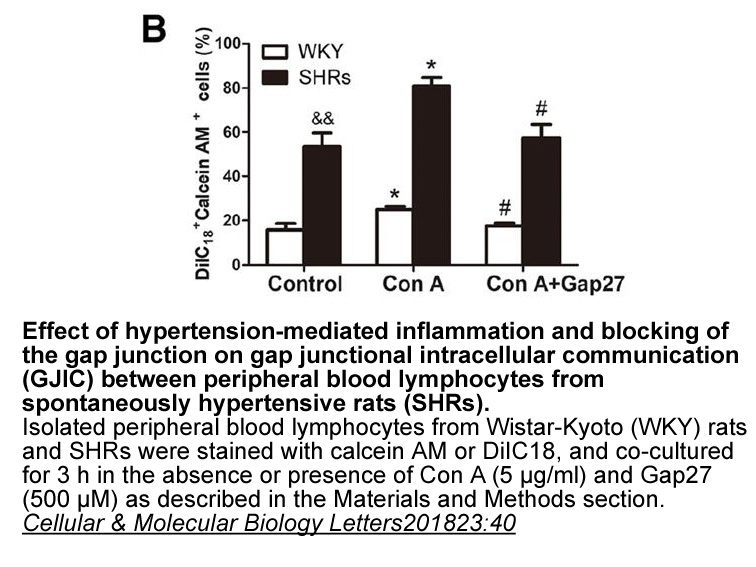Archives
- 2025-12
- 2025-11
- 2025-10
- 2025-09
- 2025-03
- 2025-02
- 2025-01
- 2024-12
- 2024-11
- 2024-10
- 2024-09
- 2024-08
- 2024-07
- 2024-06
- 2024-05
- 2024-04
- 2024-03
- 2024-02
- 2024-01
- 2023-12
- 2023-11
- 2023-10
- 2023-09
- 2023-08
- 2023-06
- 2023-05
- 2023-04
- 2023-03
- 2023-02
- 2023-01
- 2022-12
- 2022-11
- 2022-10
- 2022-09
- 2022-08
- 2022-07
- 2022-06
- 2022-05
- 2022-04
- 2022-03
- 2022-02
- 2022-01
- 2021-12
- 2021-11
- 2021-10
- 2021-09
- 2021-08
- 2021-07
- 2021-06
- 2021-05
- 2021-04
- 2021-03
- 2021-02
- 2021-01
- 2020-12
- 2020-11
- 2020-10
- 2020-09
- 2020-08
- 2020-07
- 2020-06
- 2020-05
- 2020-04
- 2020-03
- 2020-02
- 2020-01
- 2019-12
- 2019-11
- 2019-10
- 2019-09
- 2019-08
- 2019-07
- 2019-06
- 2018-07
-
SNDX-275 br Acknowledgments br Introduction Hypospadias is a
2024-11-27

Acknowledgments Introduction Hypospadias is a common congenital malformation in males, in which the urethral orifice is found on the ventral side of the penis as a result of incomplete fusion of urethral folds. The mean prevalence in per 10,000 live births from 1910 to 2013 were: Europe 19.9,
-
An AXL decoy receptor with enhanced GAS
2024-11-27

An AXL decoy receptor with enhanced GAS6-binding properties, MYD1, was engineered as a therapeutic tool to disrupt GAS6/AXL signaling in vivo (Kariolis et al., 2014). MYD1 was shown to block metastasis of human ovarian cancer 4SC-202 and a murine breast cancer cell line in grafting assays in mice.
-
Our research is the first to
2024-11-27

Our research is the first to report that administration of HMW-HA is an effective strategy to defend against PM2.5-induced disruption of pulmonary epithelial barrier and lung injury, and addresses that HMW-HA restricts PM2.5-induced epithelial apoptosis through reducing oxidative stress and followin
-
Bamboo the fastest growing multipurpose woody
2024-11-27

Bamboo, the fastest growing, multipurpose woody plant with a myriad of industrial and domestic uses is intricately associated with the cultural, social and economic conditions of people in many Asian countries. Its uses are not only limited to being used as a substitute for wood in construction, fur
-
Once apoptosis has been initiated the HMGA proteins themselv
2024-11-27

Once apoptosis has been initiated the HMGA proteins themselves undergo marked changes in both the types and extent of their post-translational modifications (PTMs; review in [149,175]), some of which are likely correlated with alterations in chromatin structure. For example, the early stages of apop
-
Growth inhibition assays are the most commonly used
2024-11-27

Growth-inhibition assays are the most commonly used to identify antifungal small molecules. However, they have several facts that limit their use since many pathogenic fungi grow as filaments making difficult a correlation between growth and OD (optical density). They are not useful for identifying
-
br Introduction Heart failure HF is a chronically progressiv
2024-11-27

Introduction Heart failure (HF) is a chronically progressive disease and one of the most important causes of morbidity and mortality worldwide despite recent improvements in its treatment [1], [2], [3]. The mortality and morbidity benefits of angiotensin converting enzyme inhibitor (ACEI) are wel
-
br Introduction Breast cancer is
2024-11-27

Introduction Breast cancer is the second most lethal cancer among women, accounting for approximately 40,000 deaths in the United States in 2015 [1]. The prognosis of breast cancer has improved significantly with the identification of immunohistochemical subtypes that predict response to therapy
-
Here we have used transcriptome analysis of primary
2024-11-26

Here, we have used transcriptome analysis of primary neonatal rat cardiomyocytes treated with either the ETR agonist endothelin-1 or the α1-AR agonist phenylephrine to assess differences in their respective signalling networks, and further probed these differences using a panel of fluorescent resona
-
To investigate further the clinical and mutational spectrum
2024-11-26

To investigate further the clinical and mutational spectrum associated with -related dyskinesia, we here performed a screen in a large series of patients affected with an unexplained hyperkinetic movement disorder, resulting in the identification of 2 pediatric patients presenting with a novel pheno
-
The biology of the A BR is complex and needs
2024-11-26

The biology of the A2BR is complex and needs to be considered contextually as the expression and effect of receptor engagement varies according to time post hypoxic injury, cell type and downstream signaling pathway. For example, A2BR expression is dynamic - low under basal and increasing under isch
-
Ethanol can affect biological systems directly or also
2024-11-26

Ethanol can affect biological systems directly, or also through the interactions between these systems, which become important in the actions promoted by alcohol consumption. Its metabolites acetaldehyde and acetate play a key role in the CA-074 Me apoptosis mediating some effects of ethanol (Israel
-
br Results br Discussion To achieve quantitative understandi
2024-11-26

Results Discussion To achieve quantitative understanding of nox4 sale turnover, we utilize rapidly moving lamellipodial fragments that are geometrically simple, structurally homogeneous, and persistent, and measure relevant rates and concentrations in this system. We find that the lamellipodia
-
This study does have several limitations mainly related to
2024-11-26

This study does have several limitations, mainly related to the DMSO vehicle. While DMSO is a known anti-inflammatory mediator,5, 12 it has been shown to upregulate ALOX5, which was not seen in this study (as we are likely underpowered to detect this difference). A manifestation of this anti-inflamm
-
br ARIs in the prevention
2024-11-26

5ARIs in the prevention of prostate cancer Prostate cancer continues to be a leading cause of male deaths worldwide. In 2009, it was estimated there would be 192,280 new cases of prostate cancer with a predicted 27,360 deaths [25]. Because androgens, and specifically DHT, play a large role in bot
15229 records 54/1016 page Previous Next First page 上5页 5152535455 下5页 Last page